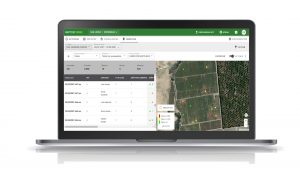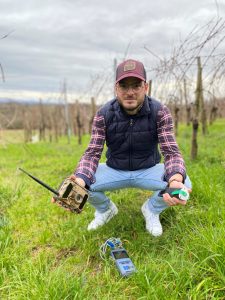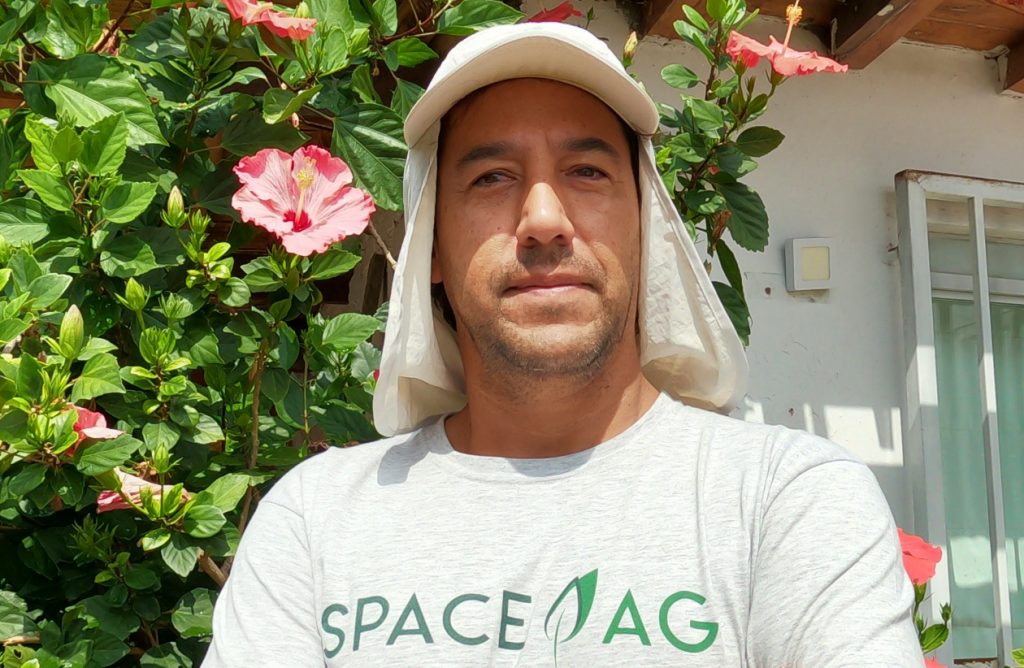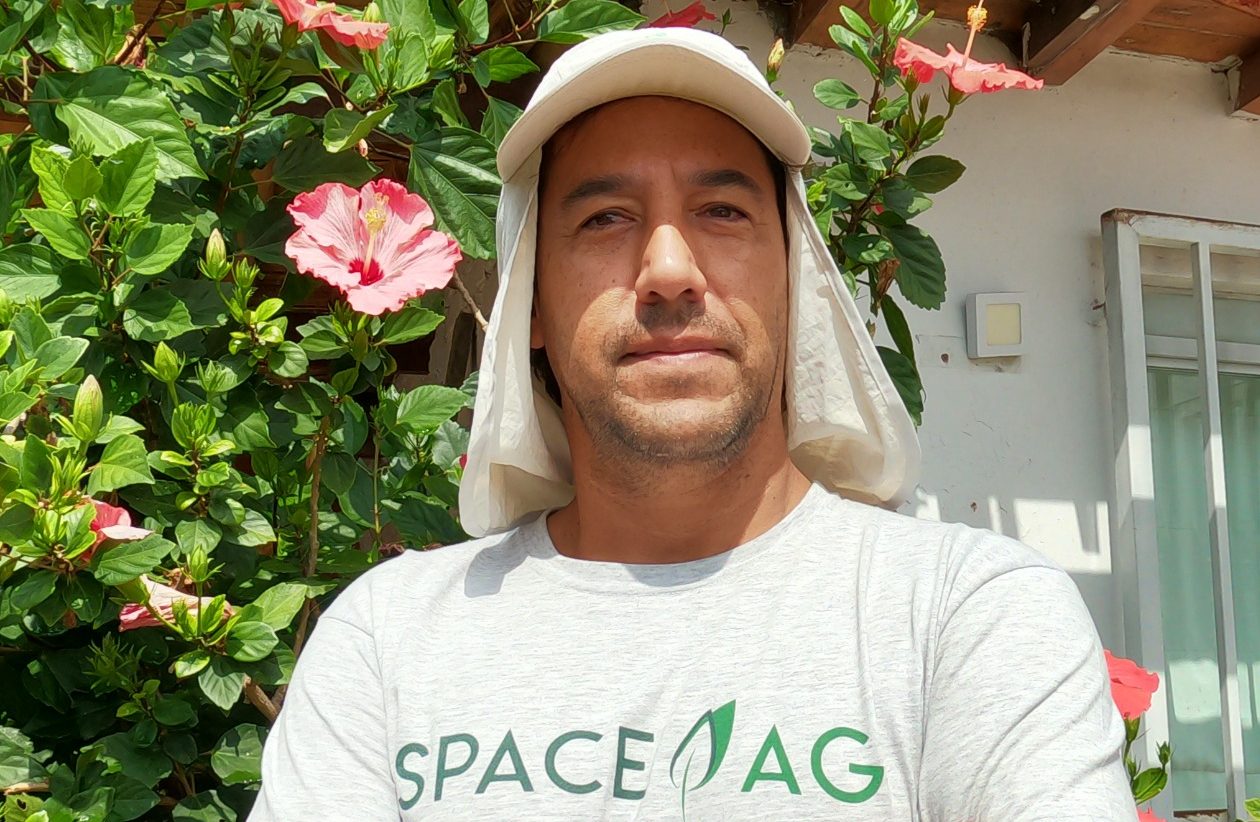Using AI to anticipate droughts and diseases
The agricultural sector is undergoing a drastic technological transformation because of the COVID-19 pandemic. Farmers need information to make better decisions on time and the current restrictions make it more difficult to be present every day in the field, so decisions have to be made remotely by fewer people.
Many start-ups in the agro-technology sector have received millions of dollars to develop solutions based on drones, satellites, internet of things, sensors, big data, analytics, robots and artificial intelligence, which provide valuable information so farmers can have greater profitability based on making informed decisions. The most successful companies in the digitisation process are those that put technology adoption high on their priority list and where stakeholders are actively involved in the process.
When the manager of a leading agro-exporter in Peru told me that he wanted us to help him in his digitisation process, I understood that it was a long-term task. Preliminary analysis revealed that the internet speed was very limited and that there was a wealth of data, but it was disorganised and not very accessible to all areas.

Field evaluations, for example, were collected empirically on a reduced area with paper and pencil, and then digitised later on. When a real problem was detected, it was too late to do something and fix the problem.
Today’s high internet speeds make it possible to view satellite images or high-resolution drone images to detect problems in the vegetation due to salts in the soil, water stress or disease. It is also possible to use mobile phones or tablets to collect photos or information where problems are detected. For example, in the case of asparagus, it is possible to measure damage due to prodiplosis, noctuids and elasmopalpus. This information can be collected in digital form on the evaluator’s mobile phone and viewed in real-time on a computer controlled by the manager or the head of irrigation or production. All the information is integrated in a single platform that also incorporates meteorological and irrigation data.

Having all the information organised on a single platform, without errors and immediately available allows us to use artificial intelligence to find correlations that can help anticipate droughts or disease related to rises in temperature or humidity, or find correlations between the vegetation index or NDVI of a satellite image and estimated yield.
The automation process also allows control of the quality and quantity of production in the field by ensuring more productive plots. Tools such as digital codes or QRs permit better monitoring and traceability. All of this information can help us reduce logistics and labour costs since we know in advance the daily production and how many people we need. All decisions today can be made on an informed basis, rather than by simple intuition.
*Space AG is a Peruvian start-up with a clear mission to feed the world using technology. It has extensive experience with superfoods like blueberries, avocados, grapes and asparagus. The firm’s main products are Airview (for collecting data using satellites and drones), Raptor View (a decision support platform that integrates information from different sources) and Raptor Forms (a mobile application for making evaluations and collecting field data).
Read also: Asparagus goes high-tech























